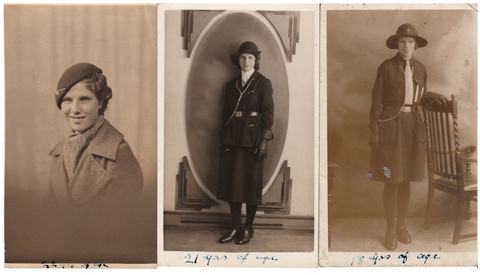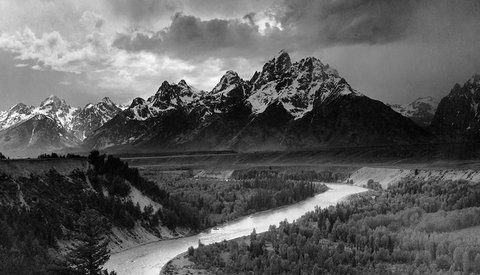Why Photo and Video Gear Doesn't Matter Much and Story Is Everything
What makes a photograph or movie memorable? With cinema as widespread as it is, a film needs to stand out in a big way, not only to succeed at the box office, but to be remembered in any capacity. As for photographs, it's the same challenge. We remember the Tiananmen Square protest photo because it captured the issues sweeping the globe in a single frame. Films like "The Shining" and "There Will Be Blood" are relatively simple in terms of visuals, but have stories that will forever make them classics. And that's exactly what makes a film or a photograph great: story.





























